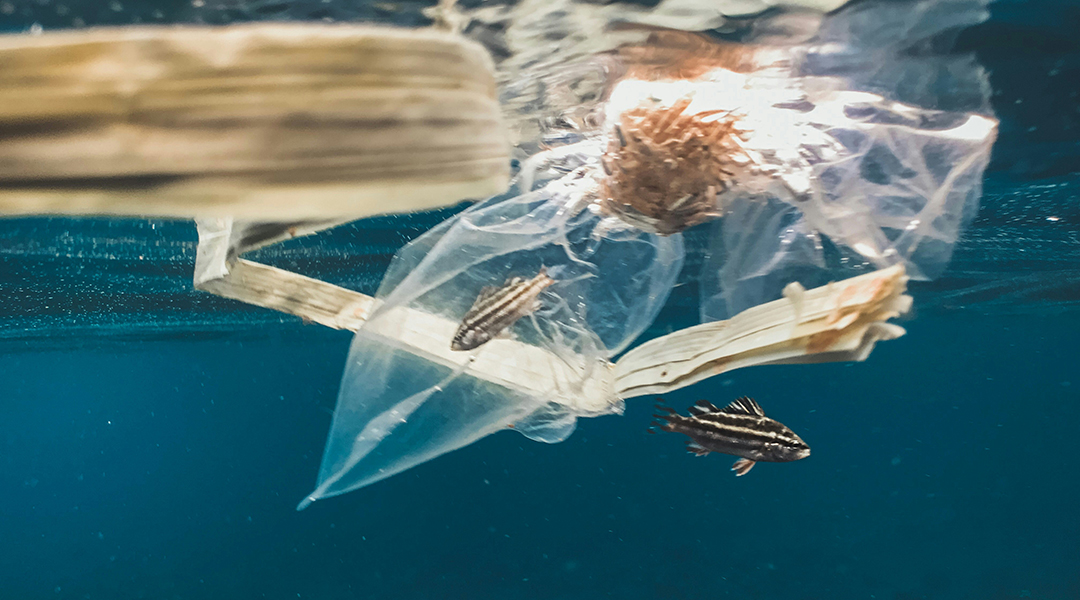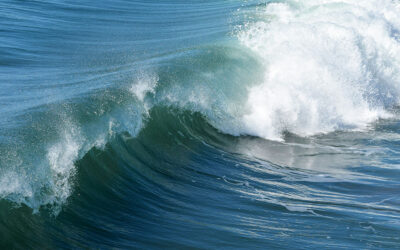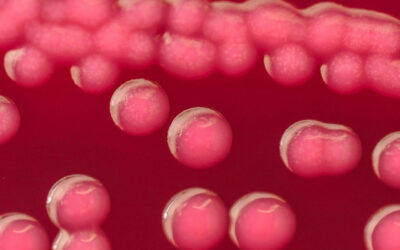Scientists have developed an alternative to plastics that won’t pollute the oceans. This new material is as strong and durable as conventional plastics, with one key difference — it fully dissolves in seawater, leaving behind molecules that can be eaten by microorganisms.
While there are multiple types of plastics that are biodegradable, none of the options we have nowadays can degrade and dissolve in water. This causes the accumulation of microplastics in the oceans, which harm marine life and enter the food chain.
“The issues of plastic waste and microplastics are indeed serious, and I began to consider how long human beings are able to get along with our planet,” said Takuzo Aida, professor at the University of Tokyo and deputy director of the RIKEN Center for Emergent Matter Science. “I really wanted to develop new plastics that can potentially address these critical issues, particularly, those that do not form microplastics in oceans.”
Aida is one of the pioneers of supramolecular polymers, a type of materials with structures held together by reversible chemical bonds, which makes them easier to biodegrade. In the past, these materials have mainly been of interest for medical applications, but Aida also sees potential in them as an alternative to plastics.
However, because of the reversible nature of their chemical bonds, this type of materials are typically weak and unstable compared to the plastics we use in our everyday life. The researchers were able to overcome this challenge by designing a new material with chemical bonds that are only reversible when in contact with seawater — under any other conditions, they behave as a traditional plastic.
This development marks the first step towards developing materials that could one day replace conventional plastics to address the severe issues of plastic pollution in our oceans.
No more microplastics
Aida and colleagues created these new plastics by combining two molecular building blocks. When brought together in water, these molecules spontaneously form a reversible type of bond between them, known as a salt bridge. This would result in salt being released into the water, which could then be removed to leave behind a strong, durable material.
The researchers found that this “desalting” step is critical to obtain a plastic-like material. Without it, the resulting material would instead be brittle.
What’s more, this material can then be “resalted” by placing it in salt water, which would reverse the bonds between its building blocks and degrade the whole structure in a matter of hours. When placed in desalted water, however, the material retains its structure.
This is a key difference with existing plastics that are biodegradable — currently, none of these materials can be degraded and dissolved into water, resulting in the accumulation of microplastics in the ocean as they break down over time.
“Our new plastics break apart into the starting compounds in the presence of electrolytes,” said Aida. These starting compounds are molecules that are known to be eaten by bacteria living in the oceans, and one of them is even commonly used as a food additive and soil fertilizer.
Tests revealed that the new material is non-toxic and non-flammable. Like other plastics, its shape can be molded at high temperatures. After dissolving it in salt water, the scientists were able to recover 91% and 82% of the two original building blocks, showing that it is easy to recycle.
While the new materials don’t dissolve in desalted water, initial tests showed these materials can absorb some of the water and get deformed over time, which the scientists show could be prevented by adding a hydrophobic coating. These coated plastics could still dissolve in seawater when crushed into pieces.
Exploring a sea of opportunities
The technique developed by Aida and colleagues to make this new type of material can be applied to a multitude of different building blocks, which allows the customization of the final material. Depending on the application, these materials could be made stronger, more flexible, scratch-resistant, or rubbery. For instance, one of the versions the researchers created was designed to be used in 3D printing.
“Our new plastic materials can be widely utilized for an occasion where mechanically hard light-weight materials are required,” said Aida.
To present a viable alternative to current plastics, any new materials need to be manufactured at an industrial scale. “Our plastics can be manufactured in water without heating,” said Aida. “We believe that our synthetic process can be scaled up easily.”
In addition, one of the building blocks is available at a very low price, and the other one can be synthesized in a one-step reaction from commercial chemicals, which could contribute to making this type of material cost-competitive with conventional plastics.
Going forward, Aida and colleagues intend to continue developing new versions of these plastics that cover a wider range of applications. One of the main limitations they want to overcome is that these materials are still not as bendable as most common plastics.
Another thing they want to look into more closely is which compounds these new plastics release to the environment when they are degraded. As Aida pointed out, while oceans currently suffer from a shortage of phosphorus, seashores, where plastic waste most typically ends up, are already full of phosphorus. In other applications, however, this could be beneficial.
“We want to explore whether our new plastics can be utilized for farming, as these materials contain phosphorus and nitrogen elements that are essential for fertilizers,” said Aida.
Reference: Takuzo Aida, et al., Mechanically strong yet metabolizable supramolecular plastics by desalting upon phase separation, Science (2024). DOI: 10.1126/science.ado1782
Feature image credit: Naja Bertolt Jensen on Unsplash














